

Traffic management is critical during disaster evacuations to minimize congestion and decrease time. Effective traffic management allows a jurisdiction to evacuate more people from a community in an efficient manner, which reduces the burden on personnel and resources.
Understanding how evacuees may react when confronted with a potential threat or hazard is critical to evacuation planning efforts. Many individuals possess the capability to evacuate from a potentially dangerous area using their own transportation with minimal or no assistance. Others may not have access to transportation or have special needs and require accessible transportation assistance to evacuate the impacted area.
Prior to a jurisdiction issuing an evacuation order, individuals may decide to self-evacuate in reaction to a perceived threat or following an actual incident that has already occurred. These spontaneous evacuees can complicate operations and add confusion to the process. Educating citizens in the identified hazard areas prior to disaster events, clearly defining evacuation routes (Figure 4.4.3-1), and providing timely threat and hazard information are ways to help lessen the impact of spontaneous evacuations.
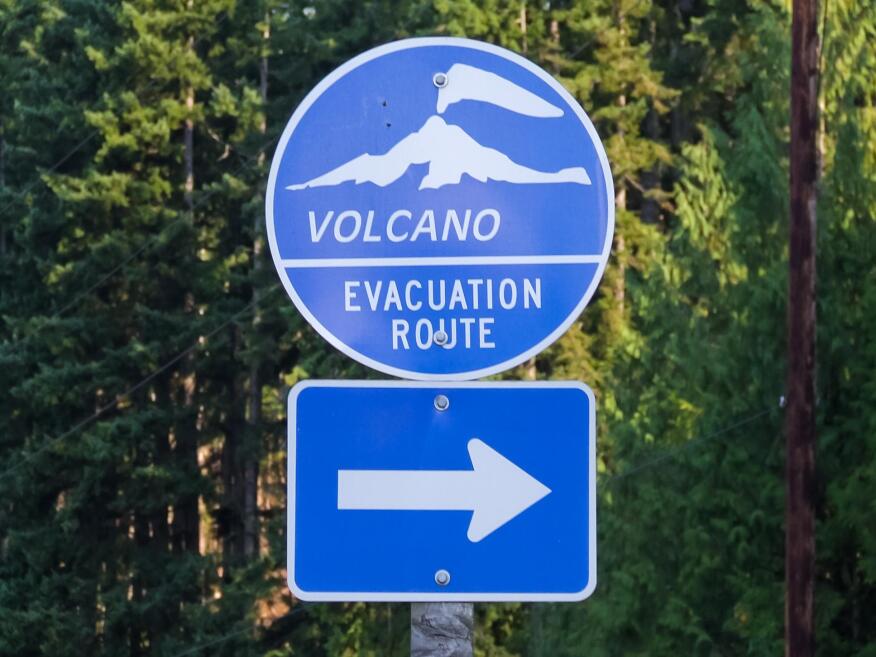
Figure 4.4.3-1 Example of an evacuation route sign to assist self evacuees
Emergency managers should consider consulting with local tourist destination leaders to discuss the impact of tourist populations on evacuation plans and routes and to identify steps for making evacuation and sheltering decisions. 1
When planning for traffic management, jurisdictions should identify any potential issues related to each specific route (e.g., height or weight restrictions, signal timing, rail crossings) and any resources that may be needed to address these considerations.
Dynamic message signs (Figure 4.4.3-2) and portable signage along evacuation routes can help inform evacuees of respite sites, shelter locations, fuel availability, and medical treatment facilities. Additionally, other traffic incident management strategies and resources such as safety service patrols and towing should be active to maintain the efficiency of evacuation routes.
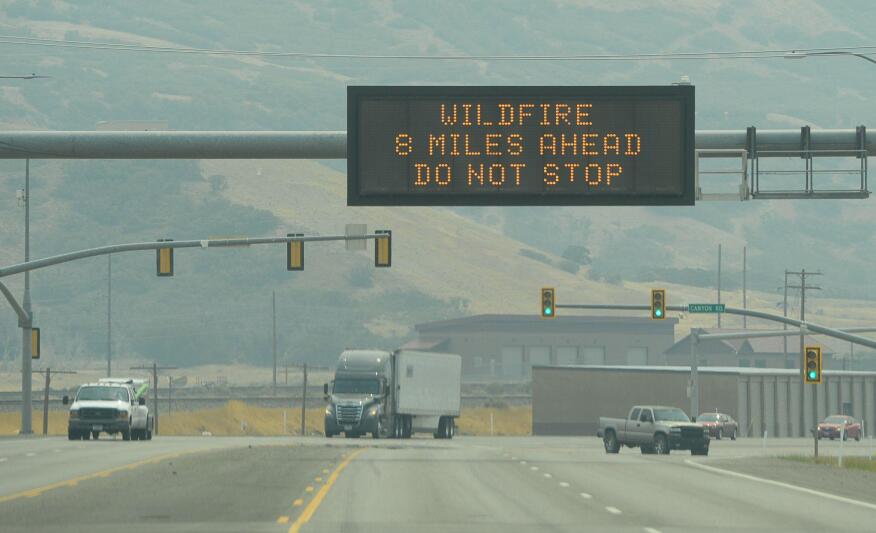
Figure 4.4.3-2 Dynamic message sign assisting evacuees during a wildfire
Failing to effectively manage traffic during an evacuation increases the burden on resources, extends evacuation times, increases incidents and congestion, and may leave evacuees in vulnerable conditions.
Evacuating impacted individuals prior to or immediately following a disaster can be difficult due to limited transportation infrastructure. Under certain conditions, contraflow lane reversal may provide additional capacity to an existing roadway system to expedite the evacuation process.
Contraflow lane reversal modifies the normal flow of traffic to aid in increasing the flow of outbound vehicle traffic during an evacuation (Figure 4.4.3.1.1). Typically, one or more lanes in the opposing direction of a controlled-access highway are used to increase capacity during the evacuation/displacement phase.

Figure 4.4.3.1.1 Utilizing contraflow to evacuate Houston, Texas ahead of hurricane Rita
Contraflow operations require considerable planning to avoid any interference with response operations since necessary resources will likely be mobilizing into the area while evacuations are taking place. Contraflow may also create issues if the transition from contraflow reversed lanes back to normal lanes is not properly planned. This transition can create bottlenecks and confusion for drivers and significantly slow the evacuation. Contraflow operations also require a significant amount of time and resources to be safely implemented and are therefore most beneficial during large-scale evacuations. Permanently installed traffic control devices and signage will expedite the activation of contraflow plans and free up valuable resources ahead of a disaster (Figure 4.4.3.1.2).
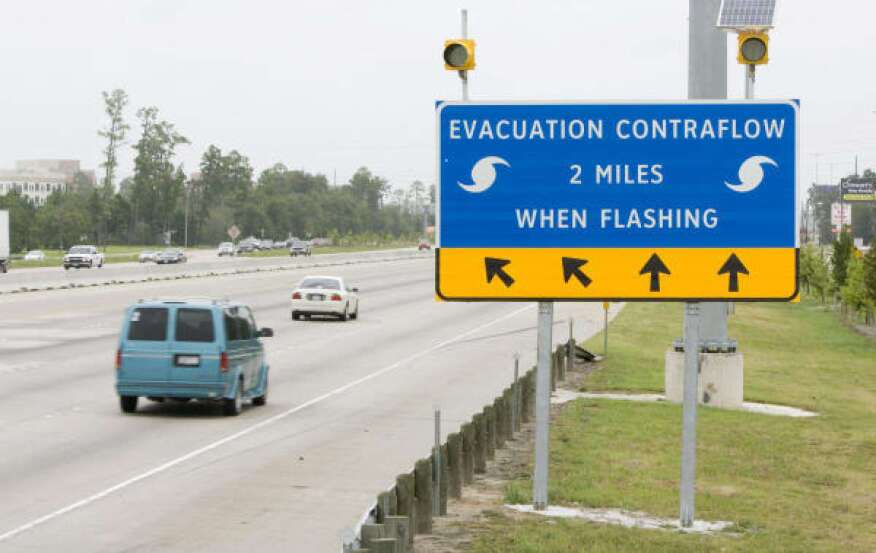
Figure 4.4.3.1.2 Permanently installed signs assist with contraflow during a disaster
Contraflow procedures almost always occur on controlled-access highways. Most contraflow plans operate on divided four-lane controlled-access highways. Traffic in all four lanes is traveling away from the disaster location toward destinations where the dangers posed by the approaching hazard are significantly reduced. Contraflow can also be implemented such that one lane remains in normal operation, carrying disaster response traffic toward the impacted area.
An important consideration in contraflow is the termination point. The inbound traffic is twice the normal flow and must be distributed to minimize congestion. This can be accomplished by locating the terminus at a freeway interchange with direct-connect ramps with a crossover just past the interchange for through traffic. Another method is to use multiple termini directing each lane of contra-flow to a separate exit. Based on infrastructure and traffic needs, the termini should be selected to minimize congestion and driver confusion.
Utilizing shoulders of evacuation routes during a disaster can increase traffic flow out of an evacuation area. Part-time shoulder use is a transportation system management and operation strategy for addressing congestion and reliability issues within the transportation system. There are many forms of part-time shoulder use; however, they all involve use of the or shoulders of an existing roadway for temporary travel during certain hours of the day or the duration of large-scale evacuations (Figure 4.4.3.2).
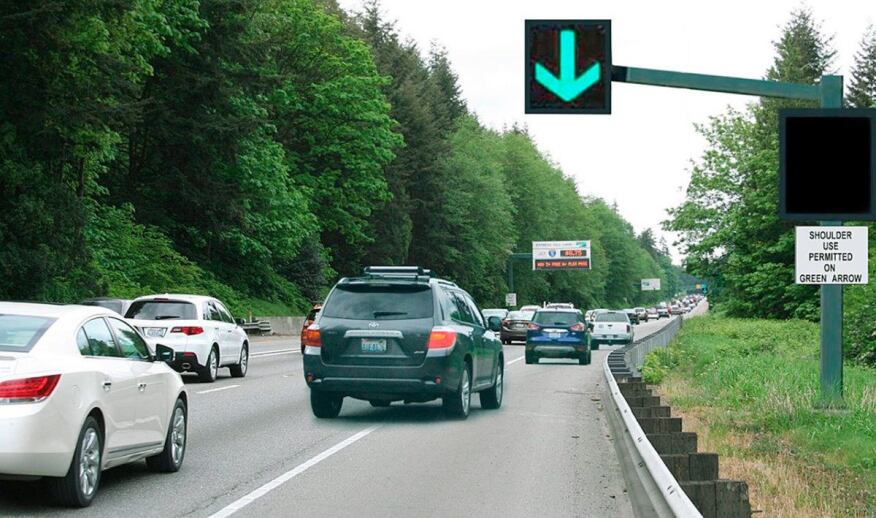
Figure 4.4.3.2 Freeway shoulders utilized to increase capacity and improve traffic flow
Part-time shoulder use is a form of active traffic management which modifies roadway conditions and controls – in this case the number of lanes – in response to forecast or observed traffic conditions. It may be used in combination with other traffic management strategies, such as overhead lane control signs, dynamic speed limits, and queue warning.
Although part-time shoulder use can be a very cost-effective solution, it may not be an appropriate strategy where minimum geometric clearances, visibility, and pavement requirements cannot be met, or it may have an adverse impact on safety. Part-time shoulder use is primarily used on freeways. Typically, the use is temporary for part of the day or during the evacuation phase of an incident, and the lane continues to operate as a refuge/shoulder when not being used for these travel purposes.
Fuel management is a crucial consideration that jurisdictions must address during the disaster evacuation planning process. Failure to ensure ample fuel supplies are available after an incident will lead to fuel shortages along with associated congestion (Figure 4.4.3.3.1) and impacts to traffic patterns which will negatively affect evacuation operations.
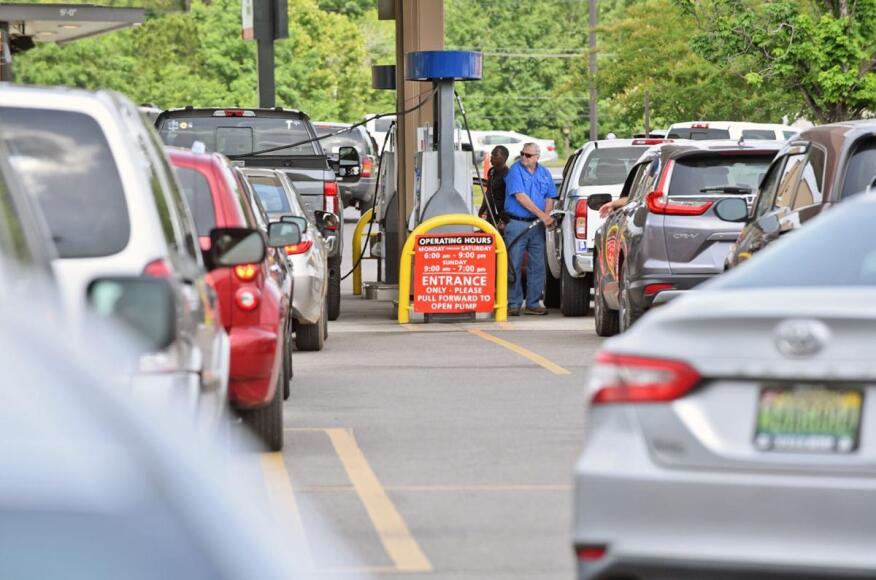
Figure 4.4.3.3.1 Vehicles wait to refuel during following a disaster evacuation order
Supplies of fuel should be maintained to support response and evacuation operations prior to and during an incident, along with the recovery operations immediately following an incident. Partnering with bulk fuel vendors to prioritize deliveries at critical locations will help mitigate the risk of fuel shortages during the initial response.
When planning evacuation routes, consideration should be given to those which have ample businesses to provide fuel to evacuees. Station owners should be encouraged to install generators in the case of power loss, as fuel will be inaccessible without power. An effort should be made to ensure that secondary evacuation routes also have fuel resources available; this may require planning for a temporary respite/fueling site. Working with private sector partners to identify temporary fueling capabilities and supplies is critical in areas where private fueling stations are unavailable.
In areas with an increased number of alternative fuel vehicles, efforts should be made to identify and communicate the locations of alternative fuel sites along the selected evacuation routes (Figure 4.4.3.3.2).
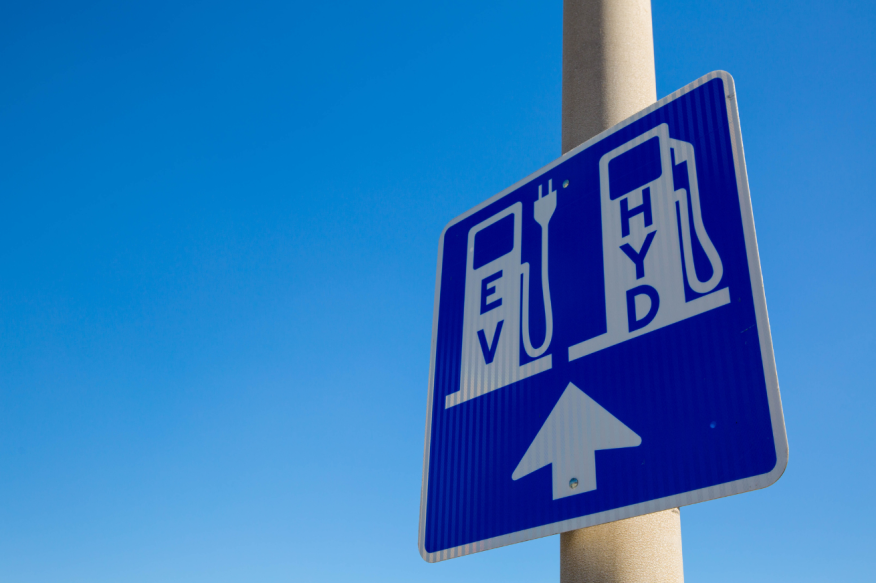
Figure 4.4.3.3.2 Permanent signs indicate alternative fueling locations along evacuation route